Our Ports & Terminals
A rapidly growing network of 7+ ports in North America
Our Port Network
We pride ourselves on providing reliable vessel schedule data and notifications across a vast network of key ports in North America. Our extensive port network enables our clients, including shipping lines, logistics companies, port authorities, and regulatory agencies, to access critical information that streamlines their logistics management processes.
The ports we cover play a significant role in regional and global trade, facilitating the movement of goods and driving economic growth.
As part of our ongoing commitment to providing comprehensive and reliable vessel scheduling data, we are actively working on expanding our coverage to include more ports in the region. Our goal is to continually enhance the scope and value of our services for our clients. If you have specific requirements from ports that are not currently covered by our API, please don't hesitate to reach out to us. We are more than happy to collaborate with you and explore the possibility of adding new ports to our catalog, ensuring that your unique needs are met and your logistics management systems remain up-to-date and efficient.
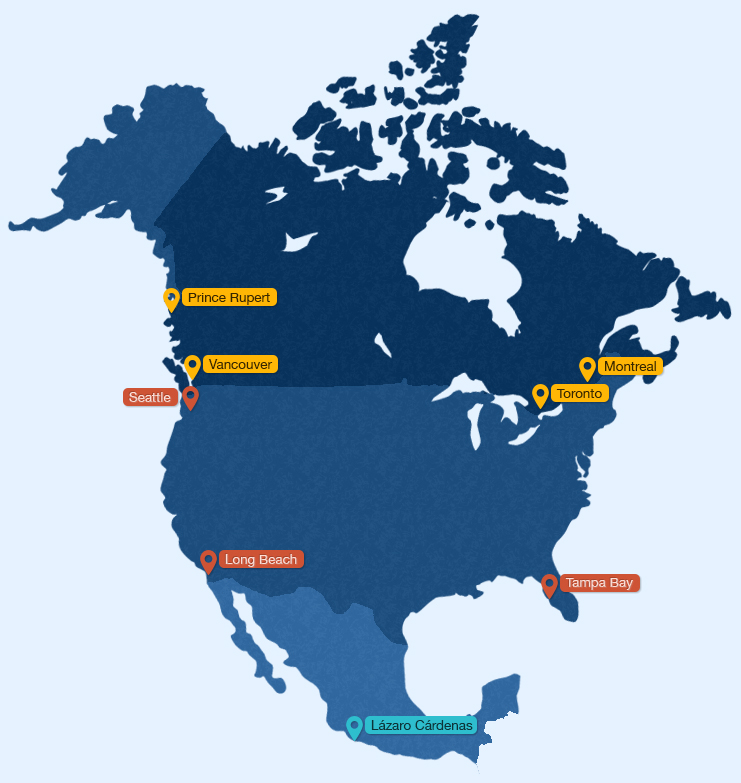
Supported Container Ports
Canada
Vancouver
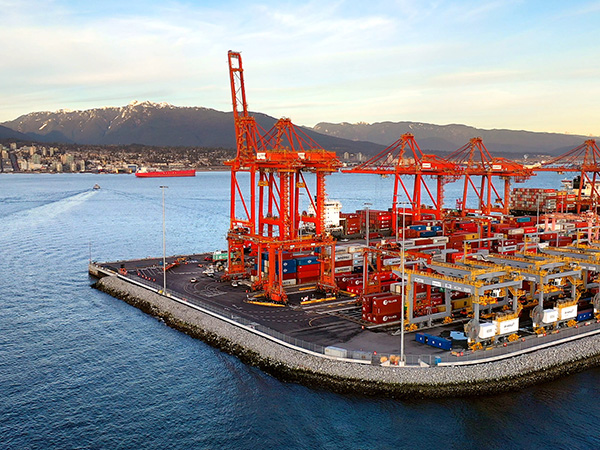
The Port of Vancouver is Canada's largest and most diversified port, handling various types of cargo, including containers, bulk, and breakbulk. It serves as a major gateway for trade with Asia and has extensive rail connections, making it a strategic location for global trade.
Prince Rupert
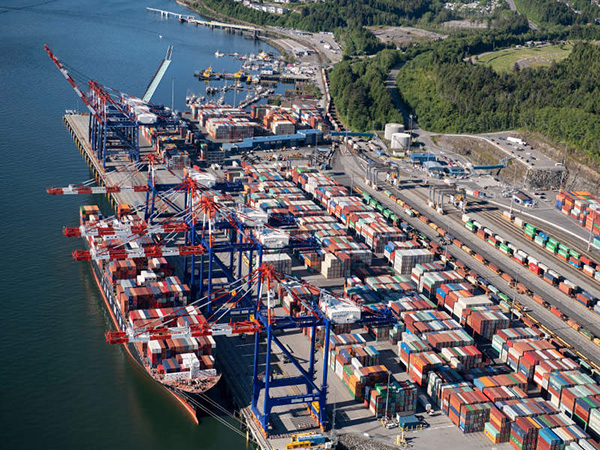
Located in British Columbia, Prince Rupert is the deepest natural harbor in North America. It plays a crucial role in Canada's trade with Asia, offering the shortest shipping route between North America's west coast and Asia.
Montreal
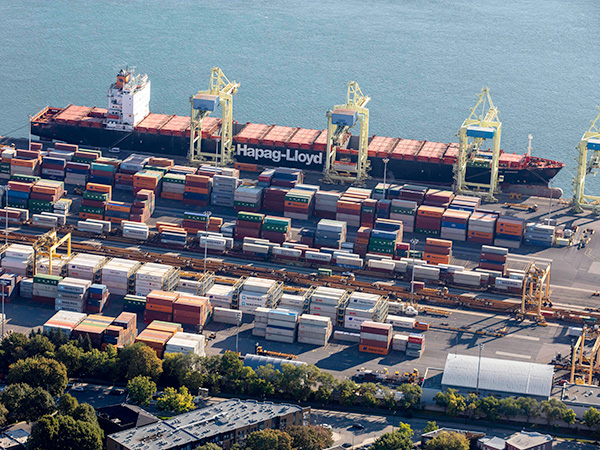
Montreal is the largest port in eastern Canada and the second busiest port in the country. Its strategic location along the St. Lawrence River facilitates trade between North America, Europe, and other international markets.
Toronto
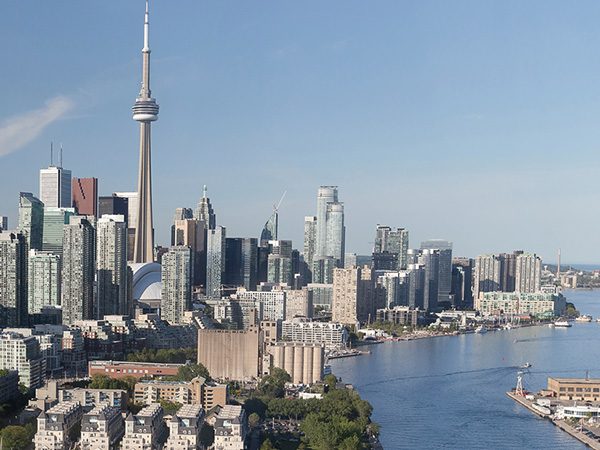
The Port of Toronto is a key hub for trade in central Canada, handling a diverse range of cargo, including bulk materials, general cargo, and project cargo. Its location along the Great Lakes offers convenient access to North American markets.
United States
Seattle
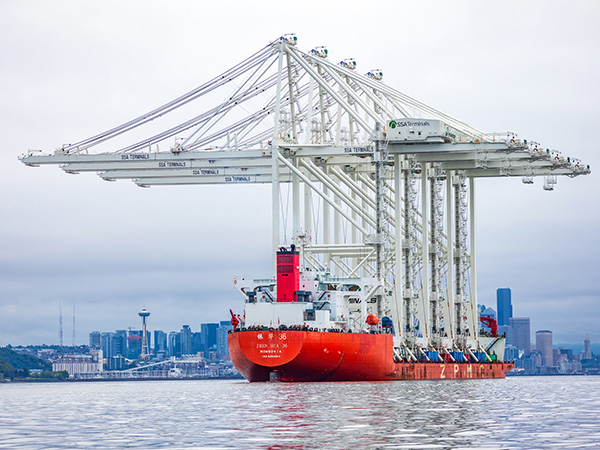
The Port of Seattle is a major gateway for trade between the United States and Asia. It is one of the busiest container ports in North America and plays a vital role in the regional and national economy.
Long Beach
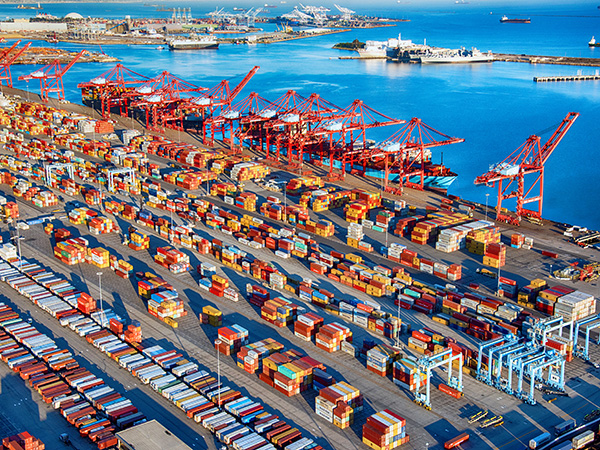
The Port of Long Beach is one of the largest and busiest container ports in the United States. Its strategic location on the West Coast makes it a crucial hub for trade between the United States, Asia, and other international markets.
Tampa Bay
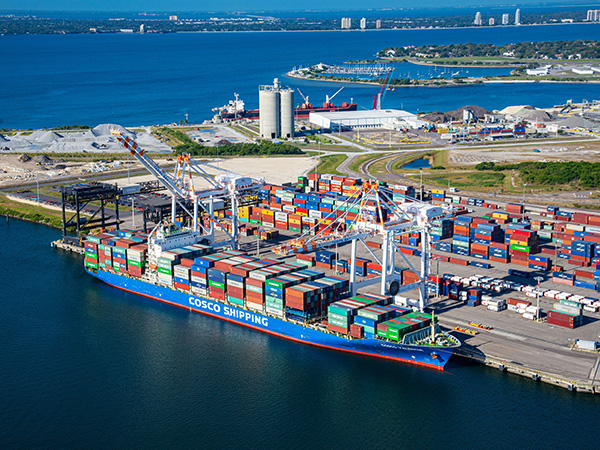
The Port of Tampa Bay is Florida's largest and most diversified port, handling a wide variety of cargo types. It serves as a gateway for trade between the United States, the Caribbean, and Latin America.
Mexico
Lázaro Cárdenas
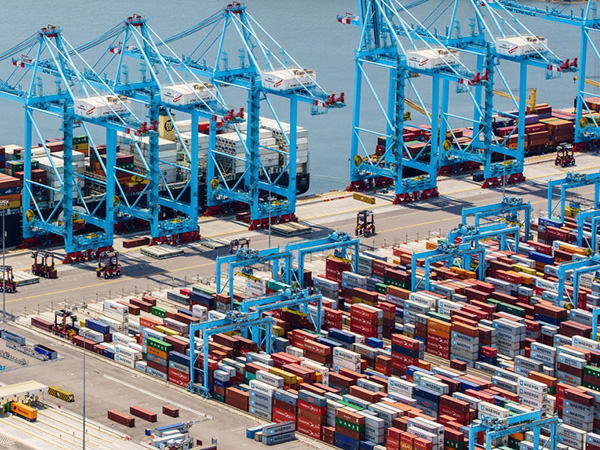
Lázaro Cárdenas is Mexico's largest port on the Pacific coast and a critical hub for trade between Mexico, Asia, and the United States. Its deepwater port facilities and extensive rail connections make it a strategic location for international trade.
Want support for a different port / terminal?Please reach out to us and we will be happy to add ports or terminals to our catalog based on your requirements!
Container Terminals: Features and Specifications
Canada
Vancouver » Centerm (DP World Centerm)
Located in the inner harbor, Centerm is operated by DP World. It covers an area of 70 hectares and has a quay length of 1,200 meters. The terminal has a capacity of around 1 million TEUs per year, with five berths, seven gantry cranes, and 24 rubber-tired gantry (RTG) cranes. Centerm also has on-dock rail services provided by Canadian National Railway and Canadian Pacific Railway.
Vancouver » Vanterm (GCT Vanterm)
Operated by Global Container Terminals, Vanterm is situated in Burrard Inlet. It spans 76 hectares and has a quay length of 635 meters. The terminal has a capacity of approximately 850,000 TEUs per year, with two berths, five gantry cranes, and 20 RTG cranes. Vanterm also offers on-dock rail services via Canadian National Railway and Canadian Pacific Railway.
Vancouver » Fraser Surrey Docks (FSD)
Located along the Fraser River, FSD primarily handles breakbulk, bulk, and project cargo but can accommodate some container traffic. It covers 139 hectares and has four berths. The terminal also provides on-dock rail services by Canadian National Railway and Southern Railway of British Columbia.
Vancouver » DeltaPort (GCT Deltaport)
A major container terminal in the Vancouver area, DeltaPort is operated by Global Container Terminals. It spans 160 hectares and has a quay length of 1,100 meters. The terminal has a capacity of about 2.4 million TEUs per year, with three berths, eight gantry cranes, and 69 electric RTG cranes. Deltaport offers on-dock rail services through Canadian National Railway and Canadian Pacific Railway.
Prince Rupert » Fairview Container Terminal
Operated by DP World, Fairview Container Terminal is located in Prince Rupert. The terminal covers 32 hectares and has a quay length of 1,000 meters. It has a capacity of approximately 1.35 million TEUs per year, with two berths and six gantry cranes. The terminal offers on-dock rail services through Canadian National Railway.
Montreal » Cast Terminal
Operated by Montreal Gateway Terminals Partnership, the Cast Terminal covers an area of 44.5 hectares and has a quay length of 1,365 meters. The terminal has a capacity of roughly 1 million TEUs per year, with four berths and 14 gantry cranes.
Montreal » Racine Terminal
Also operated by Montreal Gateway Terminals Partnership, Racine Terminal spans 48 hectares and has a quay length of 1,525 meters. The terminal has a capacity of around 1.5 million TEUs per year, with five berths and 16 gantry cranes.
Toronto » Port of Toronto
Handling a diverse range of cargo, including bulk materials, general cargo, and project cargo, the Port of Toronto does not have dedicated container terminals. However, it has facilities for handling containerized cargo on an as-needed basis.
United States
Seattle » Terminal 18 (SSA Marine)
The largest container terminal in Seattle, Terminal 18 is operated by SSA Marine. It covers 73 hectares and has a quay length of 1,945 meters. The terminal has a capacity of around 2 million TEUs per year, with six berths and 11 gantry cranes. Terminal 18 also offers on-dock rail services through Burlington Northern Santa Fe Railway (BNSF) and Union Pacific Railroad (UP).
Seattle » Terminal 5 (NWSA)
A part of the Northwest Seaport Alliance, Terminal 5 is currently undergoing modernization to improve its infrastructure and accommodate larger vessels. The terminal spans 82 hectares and has a quay length of 1,210 meters. Once the upgrades are complete, the terminal will have three berths and seven gantry cranes.
Seattle » Terminal 30 (SSA Marine)
Operated by SSA Marine, Terminal 30 is situated in the Seattle Harbor. The terminal spans 28 hectares and has a quay length of 609 meters. It has a capacity of approximately 900,000 TEUs per year, with two berths and four gantry cranes. Terminal 30 provides on-dock rail services via BNSF and UP.
Seattle » Terminal 46 (Terminal 46 LLC)
Terminal 46 is operated by Terminal 46 LLC and covers an area of 34 hectares. It has a quay length of 914 meters and a capacity of around 1 million TEUs per year. The terminal has two berths and six gantry cranes. On-dock rail services are available through BNSF and UP.
Long Beach » Pier A (SSA Marine)
Operated by SSA Marine, Pier A spans 81 hectares and has a quay length of 2,130 meters. The terminal has a capacity of around 2.5 million TEUs per year, with four berths, 10 gantry cranes, and 46 RTG cranes. Pier A offers on-dock rail services through Pacific Harbor Line.
Long Beach » Pier T (Total Terminals International)
Pier T is operated by Total Terminals International and covers 102 hectares. The terminal has a quay length of 1,520 meters, and a capacity of about 3 million TEUs per year. It has three berths, eight gantry cranes, and 30 RTG cranes. Pier T provides on-dock rail services through Pacific Harbor Line.
Long Beach » Pier J (Pacific Container Terminal)
The Pacific Container Terminal is managed by SSA Marine and COSCO Shipping Ports. Spanning 92 hectares, it has a quay length of 2,315 meters. The terminal has a capacity of approximately 2.6 million TEUs per year, with four berths, 10 gantry cranes, and 29 RTG cranes. Pier J offers on-dock rail services through Pacific Harbor Line.
Tampa Bay » Port Tampa Bay
While the Port of Tampa Bay primarily handles a wide variety of cargo types, it also accommodates containerized cargo at its container terminal. The terminal has a capacity of about 240,000 TEUs per year and offers on-dock rail services through CSX Transportation.
Mexico
Lázaro Cárdenas » Lázaro Cárdenas Container Terminal (Hutchison Ports LCT)
Operated by Hutchison Ports, Lázaro Cárdenas Container Terminal covers 64 hectares and has a quay length of 1,485 meters. The terminal has a capacity of around 1.2 million TEUs per year, with three berths and nine gantry cranes. The terminal provides on-dock rail services through Kansas City Southern de México.
Lázaro Cárdenas » APM Terminals Lázaro Cárdenas
Managed by APM Terminals, this terminal spans 49 hectares and has a quay length of 750 meters. The terminal has a capacity of approximately 1.2 million TEUs per year, with two berths and five gantry cranes. APM Terminals Lázaro Cárdenas offers on-dock rail services through Kansas City Southern de México.
Related Pages
Long Beach Vessel Schedule APIs
Vessel Schedule APIs for Long Beach Container Terminals.
Seattle Port Vessel Schedule APIs
Vessel Schedule APIs for Seattle Port Container Terminals.
Vancouver Vessel Schedule APIs
Vessel Schedule APIs for Vancouver Port Container Terminals including Centerm, Vanterm, Deltaport, and Fraser Surrey Docks.
FSD Vessel Schedule APIs
Vessel Schedule APIs for Fraser Surrey Docks Container Terminals.
